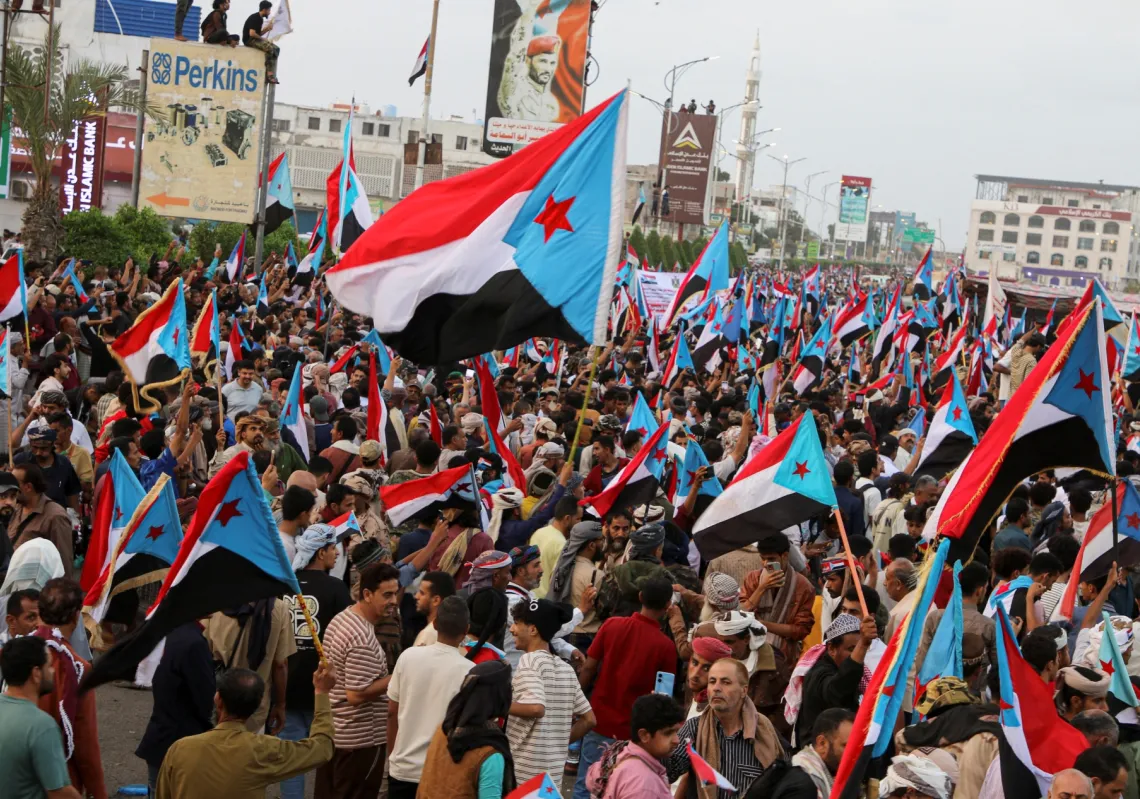Approximately one year ago, amnesty was announced for political inmates, yet only a handful of captives were set free. Abandoned to their destiny, they found themselves in the town of Sednaya, positioned just a stone’s throw away from the notorious prison that bears its name.
Dressed in ragged clothes and bearing the hollow gaze of malnourishment, they appeared as though they had just traversed the Stygian depths. Gazing upon their distraught faces, onlookers from the town were left shocked and felt compelled to help them in any way they could to reunite with their families in various Syrian cities.

After enduring years in the dark abyss of prison, these inmates were faced with a Syria vastly different from the one they left behind. The changes are complex, incomprehensible, and unexpected. Syria today is a far cry from what it was 10 years ago, and what is left of the nation barely clings on, awaiting its inevitable demise.
However, a ray of hope shone on the horizon as news of upcoming prisoner releases spread across social media. Despite the dubious nature of the information, people desperately clung on to hope.
Word about a potential release site at “Jisr al-Ra’is” in Damascus started to circulate, which led to an unprecedented surge of human traffic in the city within a mere two hours. Thousands upon thousands of individuals poured in from other cities in run-down buses, only to find no one there.
The area had transformed into a vast parking lot, and people had resorted to sleeping on the streets, under bridges, and on the sidewalks. They refused to depart, eagerly anticipating the arrival of their loved ones.
Among them were anguished mothers clutching pictures of their children, which they showed to the small group of individuals who had been granted their freedom during each general amnesty — a number that never exceeded a few hundred. The mothers’ faces displayed signs of senility and loss of memory and reasoning skills.

















